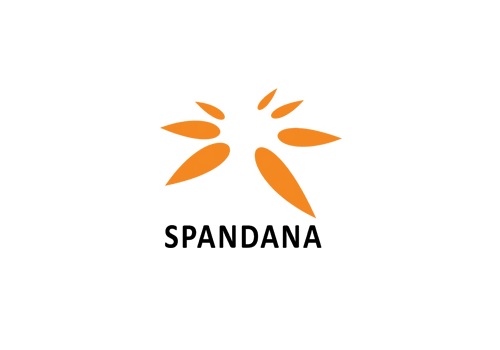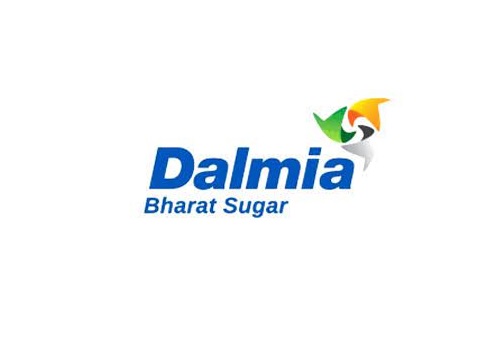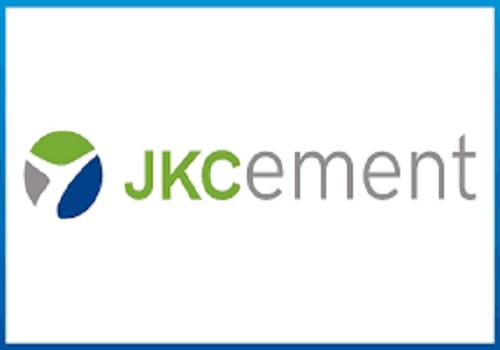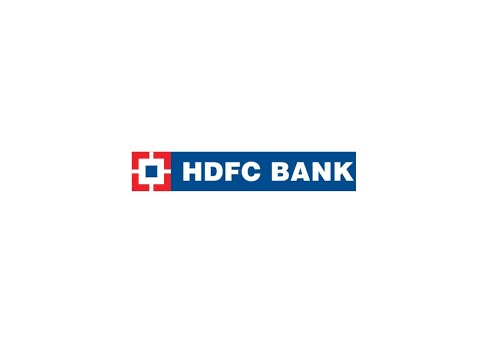Buy Spandana Sphoorty Ltd For Target Rs.750 - ICICI Securities

Follow us Now on Telegram ! Get daily 10 - 12 important updates on Business, Finance and Investment. Join our Telegram Channel
Gradually approaching business normalcy; credit cost trajectory the key monitorable
Q2FY23 was a quarter of consolidation for Spandana Sphoorty (Spandana) with focus on: 1) building foundation to ensure sustainable growth in the coming years, 2) containing forward flow in the PAR portfolio, 3) rebuilding the liability engine, and 4) strengthening the management team. Progression towards achieving these milestones are on track. Further, management sounded confident about the company’s full-year FY23 disbursement target of Rs80bn despite a muted H1FY23 (when only Rs27bn was disbursed).
AUM growth reviving to 5% QoQ, gross borrowing of >Rs10bn vs Rs1.5bn in Q1FY23 with declining marginal cost of borrowing, credit cost at 10% during the past 6 quarters, and RoA of >3% summarise Spandana’s Q2FY23 performance. GNPL ratio increased to 7.47% from 6.67% in Q1FY23 with PCR at 47%, which raises concern over the near-term credit cost trajectory. However, steady decline in the PAR portfolio to 5.7% vs 7.5% in Q1FY23, collection efficiency (ex-arrears) at 97.5% in the post-Apr’21-originated book (82% of AUM), and 88.7% collections in the book originated pre-Apr’21 suggest that asset quality performance in H2FY23E would be better than in the first half. Outstanding restructured book fell sharply to Rs2bn (3% of AUM) vs Rs3.5bn in Q1FY23, of which reduction of Rs0.7bn was due to normal collections.
Given operational stability, gradual recovery in earnings led by credit cost normalisation and improved visibility on achieving >4% RoA by FY24E, we maintain BUY on the stock with a revised target price of Rs750 (earlier: Rs500). We now assign a higher P/BV multiple of 1.5x (vs 1x earlier) on Sep’23E BVPS.
* Trend reversal quarter. Spandana reported net earnings of Rs552mn in Q2FY23 vs loss of Rs2bn in Q1FY23 largely driven by retracement in NII (up 34% QoQ), lower opex (down 2% QoQ) and credit cost decline to 2% vs an average of >10% during past 6 quarters. AUM growth reviving to 5% QoQ, after declining for 4 consecutive quarters, and >300bps QoQ improvement in NIM to 13% drove NII growth. NIM, even after adjusting for interest reversal of Rs0.4bn in Q1FY23, expanded 60bps QoQ. As a result, RoA improved to 3.8% with a healthy PPoP of 5.2% during Q2FY23.
* AUM growth guidance for FY23 intact; incremental growth would be largely driven by acquisition of new customers. Total AUM grew 5% QoQ, after declining for 4 consecutive quarters. Notably, incremental growth was equally driven by customer acquisition (net customer base grew 2% QoQ) and average ticket-size (up 3% QoQ). With improved visibility on portfolio quality, collections and funding lines, the company started investing for growth (added 300 loan officers in Q2FY23 and is planning to add another 750-1,000 in H2FY23). Hence, the management maintains its full-year FY23 disbursement target of Rs80bn despite a muted H1FY23 (when Rs27bn was disbursed)
* Credit cost to moderate in coming quarters, but will still remain elevated in FY23E. NIMs could surprise positively. While credit cost is likely to subside going forward and normalise at 50bps on a quarterly basis by Q4FY23E, full-year FY23E credit cost is likely to remain elevated. We are building-in 6.8% credit cost in FY23E and 2.8% in FY24E. However, we also expect margins to expand given: a) steady decline in marginal cost of borrowing to 12.6% in Q2FY23 vs 14% in Q4FY22 and recent upgrades by rating agencies, and b) >300bps increase in lending rates during the past 3 months.
* Management and operational stability to help improve earnings trajectory going forward. Spandana has taken the opportunity to beef up its top- and midmanagement teams, post the resignation of its erstwhile MD in Nov’21. It has hired CEO, CFO and CTO in the past six months. Management stability along with realigned business processes would help it execute its Vision 2025 programme in an effective manner. The key aims of Vision 2025 are: improving RoA to >4.5% (2.8% in FY22) and RoE to >20% (6.9% in FY22) by Mar’25.
* Key risks: Stress unfolding higher than anticipated, and operational instability caused by external interference.
To Read Complete Report & Disclaimer Click Here
For More ICICI Securities Disclaimer https://www.icicisecurities.com/AboutUs.aspx?About=7
SEBI Registration Number INZ000183631
Above views are of the author and not of the website kindly read disclaimer





.jpg)


















